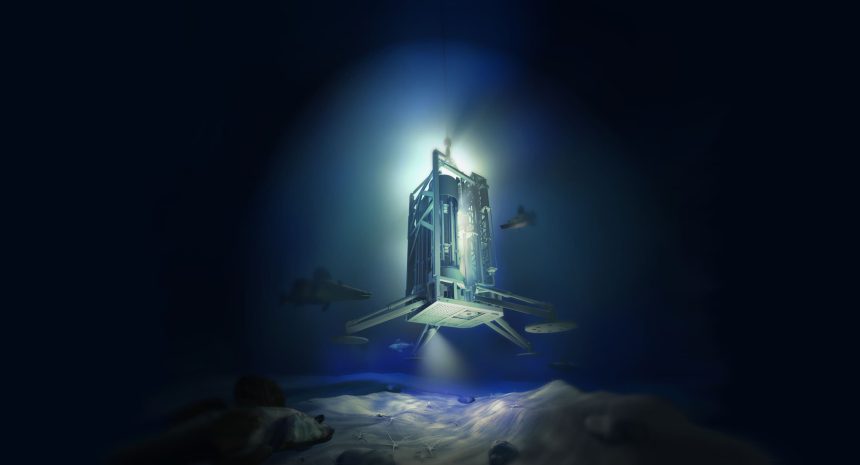The Dawn of the Antarctic Ice Sheets: New Study Reveals It Took
West Antarctica iced over millions of years later than expected and reacted more sensitively even then.

West Antarctica iced over millions of years later than expected and reacted more sensitively even then.

